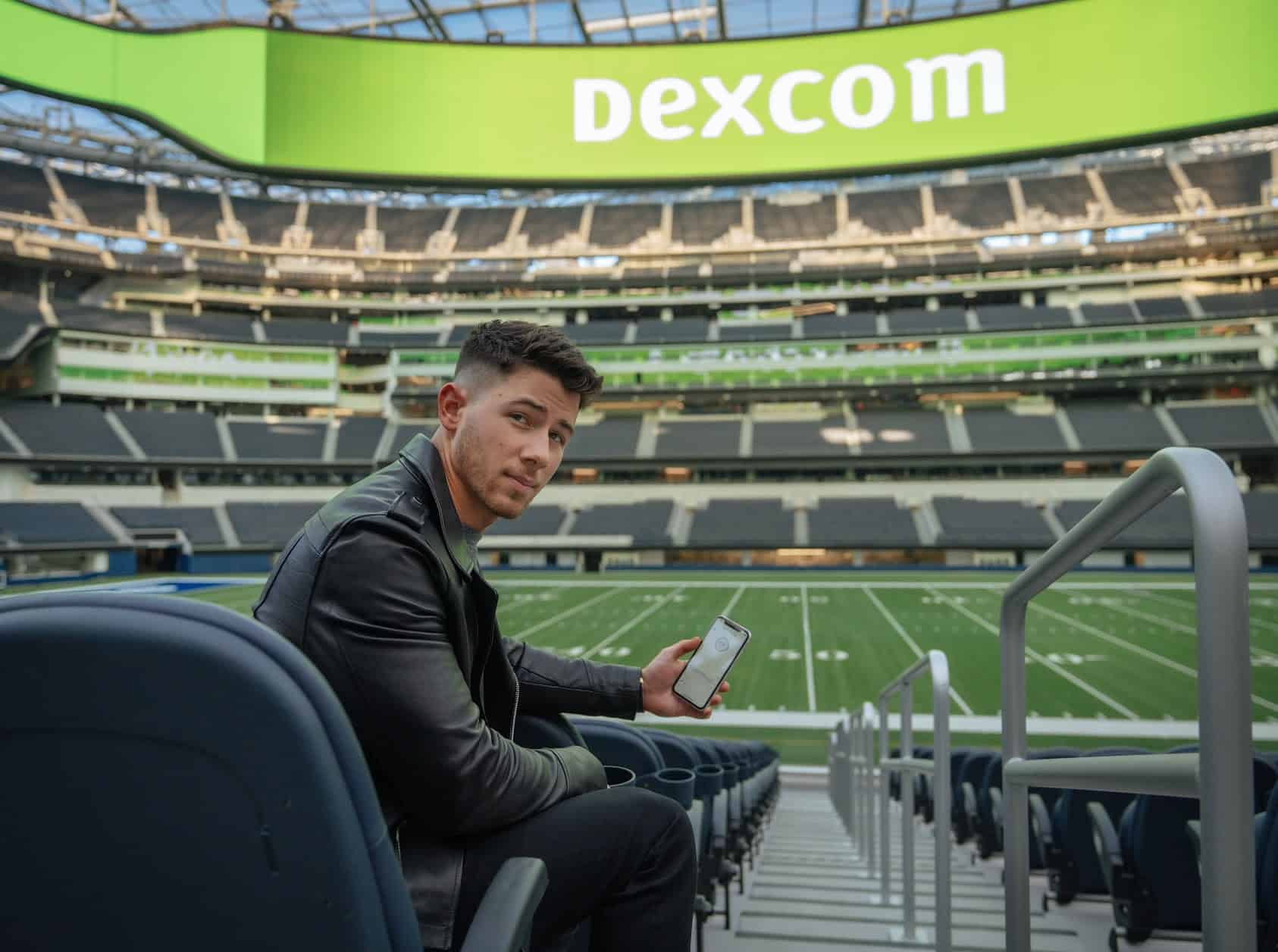An Open Letter to MedTech Innovators: Each Day, You’re Saving My Son’s Life and My Family’s Future
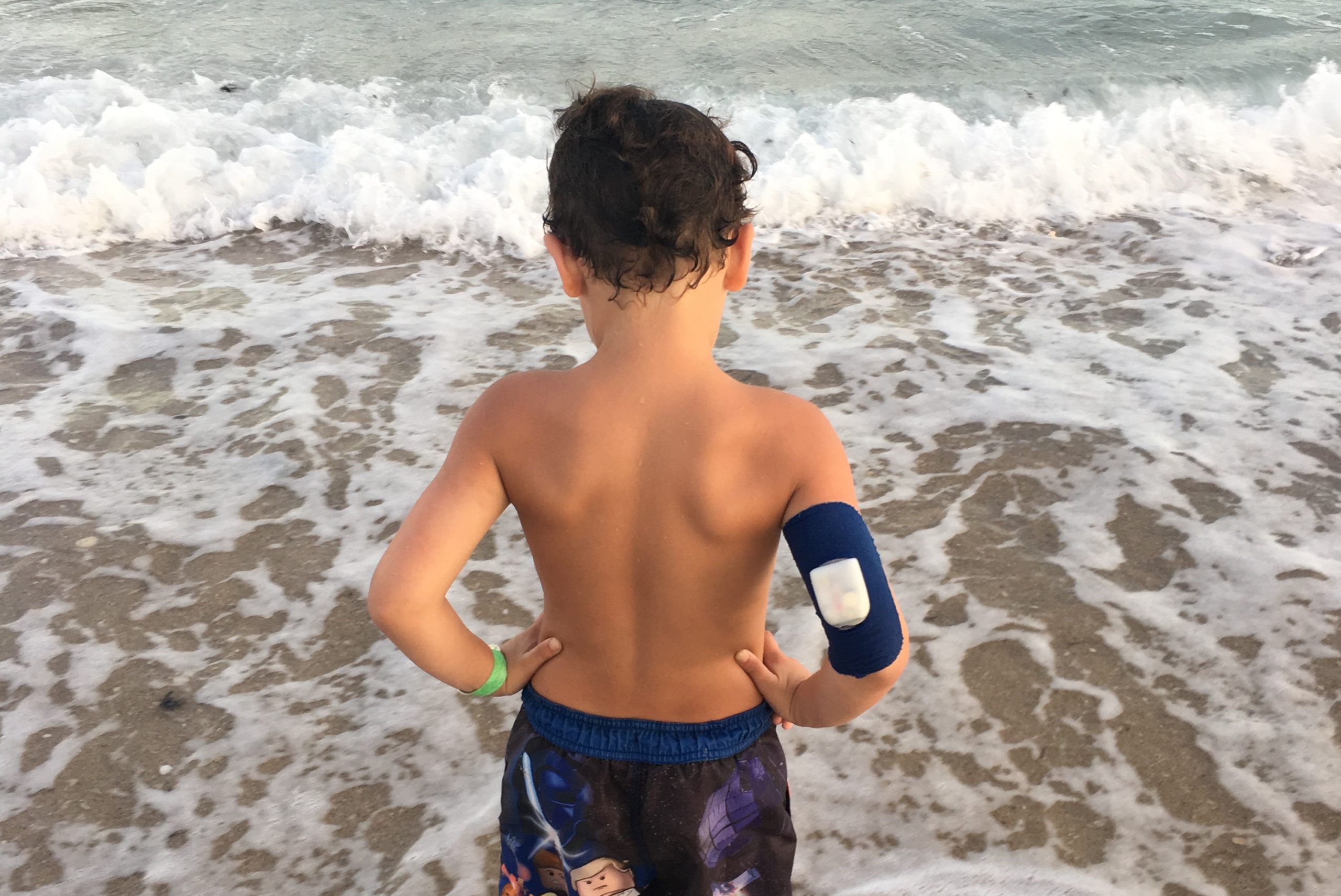
“More milk. Mommy, more milk.”
For most parents, these words are unremarkable, aloft in the noisy din of a family home. But my hands shook as I reached into the refrigerator and put the carton on the island. I tried to suppress the thoughts bubbling to the surface of my mind, but they were insistent. The chances are so small, I told myself. He has a cold and he’s thirsty. But all the reasoning in the world couldn’t quell my intuition. Well, intuition paired with an educated guess.
Later that day I found my husband in our bedroom reading, and I heard myself tell him that I would take our son to the doctor in the morning, that I was sure I was being paranoid, but we should get it checked out. He had a cold anyway, I reasoned, so what did it hurt? A simple test, and our worries would be relieved. I left the conversation feeling a little better, but by morning, worry had given way to dread.
For most parents, a cold is a cold. Thirst is thirst. But for us, it was a shot across the bow. A warning. Since meeting my husband, I had learned the signs. It started with insatiable thirst, then weight loss and bedwetting. But because my son had only just turned two, the latter was impossible to assess. And, I told myself, he was still as adorably chubby as ever, adding another check to the “he’ll be fine” column.
We arrived at our pediatrician’s office late morning. I recounted my son’s symptoms, my own suspicions. The doctor smiled as she examined his tiny body, all the while commenting on how healthy he looked, how well he had been growing. Before reassuring me that she was all but certain he was fine, she offered me one consolation: a urine test, just to be absolutely sure. I thanked her and watched her leave the room. A few minutes later she returned. Her face was different. And I knew even before I glanced at the report and saw the word “glucose” in bright red letters that today would, in no uncertain terms, be the worst day of my life.
A New Life, and A New Hope
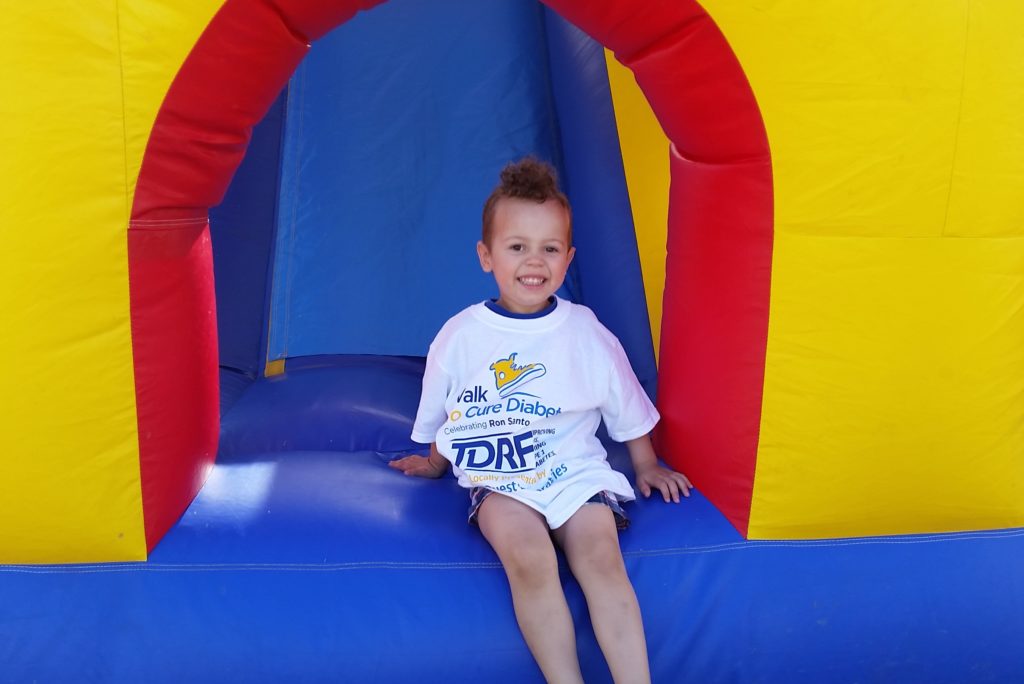
We were sent immediately to the hospital, where my 2-year-old was diagnosed with type 1 diabetes, the same disease that had led to his grandfather’s passing five years before. We spent the next three days as prisoners, confined by the building’s thick, concrete walls, but also by the fact that our old lives were over, overcome by a new reality that felt much too heavy to bear.
As we learned how to count carbohydrates, manage lows, and inject insulin into our toddler, visions of my father-in-law’s struggles with type 1 invaded every open space in my mind. When I met him years before, the first thing I noticed was his right eye, clouded by advanced retinopathy. Despite his glowing smile and mischievous laugh, his eye stood center stage as he reflexively squinted around it. Later I would learn that his trouble walking was a result of amputated toes, and that he perpetually battled an infection in his foot, one that caused my husband and his family immense worry. As I looked at my son, playing on the hospital bed, I couldn’t allow myself to imagine that future for him.
We were sent home. But over the next few weeks, my dread slowly gave way to anxiety. And while that might not sound like progress, it was. The dread was paralyzing, but the anxiety demanded action. I quickly sought out community, desperate to find other parents who were raising kids with type 1. I spent hours diving into the research that was available online, needing to map out my son’s possible futures based on the therapies available. While we only had finger stick blood glucose testing and insulin shots at the time, I remembered a nurse at the hospital talking about a continuous glucose monitor, reassuring me that things would get better for us, to just wait. But the truth is, I’ve never been good at waiting.
What I found over the next few months was a rich landscape of technology and innovation that, to me, were miracles. I knew that, unlike type 2 diabetes, there were no behavioral changes we could make, no drugs that could make things better. Science, engineering, and medicine were the only things that could help my son. And what I learned was that there were people developing medical technologies that had the potential to turn our nightmare into a future that was possible to live in. It was through those people that I found hope.
Looking Back While Looking Ahead
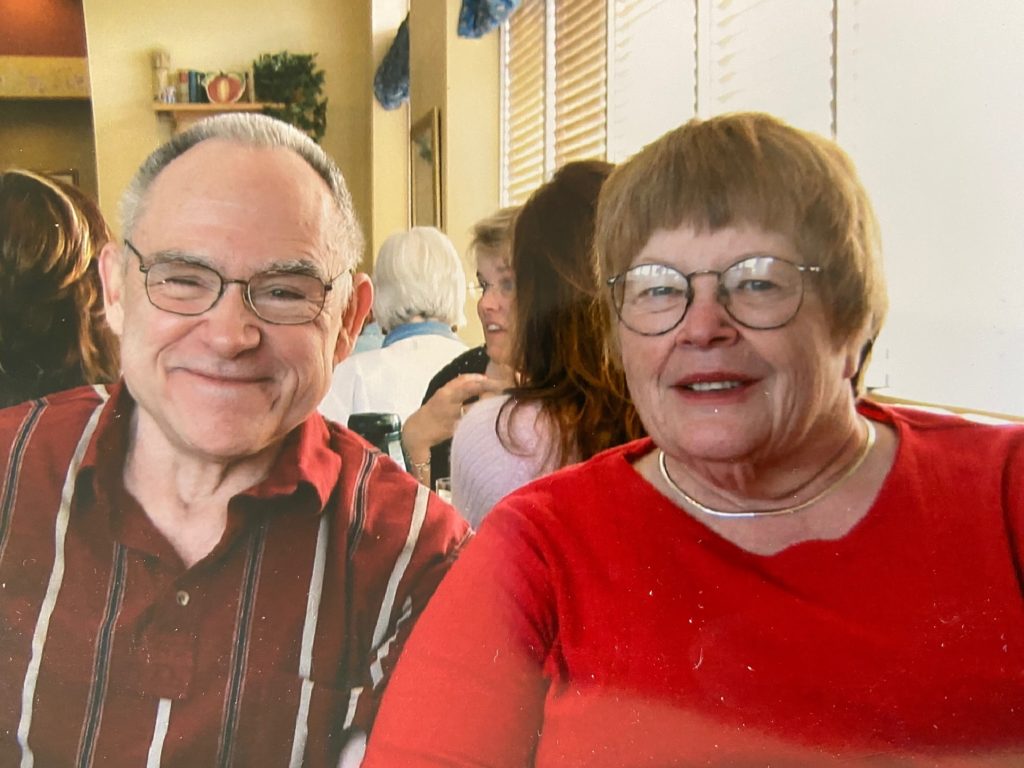
For those familiar with type 1 diabetes, you quickly learn that data points mean very little when presented out of context. Finger stick testing gave us a blood glucose level – 100 mg/dl, for example – but that is simply a snapshot in time. Is he 100 and going up? 100 and stable? 100 and plummeting down to dangerous levels? Add to this the fact that he was 2 years old and didn’t have words to express how he was feeling, and we quickly understood how precarious our situation was.
When my son was diagnosed, we were lucky enough to have accurate, instant blood sugar testing at home. But the need to understand trends and the broader picture on both a micro and macro level were absent. Which wasn’t just an inconvenience – it was a hazard. There were many times when I would glance at my toddler and realize that his stumbling wasn’t age-related. I would run, frantic, grabbing the blood sugar meter and quickly prick his small finger, so afraid of the result that I’d barely be able to connect the drop of blood to the test strip. 3…2…1…the seconds that the machine took to do its work were the longest of my life. 52. Damn. Grabbing a juice box, heart racing, begging the number to rise. And knowing what could have happened if I didn’t notice that slight nuance in his stumbling.
Yet, I would think back to my father-in-law. He was diagnosed with the disease in 1950 at the age of 13 – before robust medical technology was available. There was no home blood glucose testing – he was required to manage his disease strictly by how he felt. If he got “the shakes,” he’d drink orange juice, always an indeterminant amount. We know now that to stay healthy, managing diabetes is like walking a tight rope – too much insulin and you can be in dramatically acute danger that could result in seizures, unconsciousness, coma, and even death. Too much glucose puts enormous strain on the body, resulting in the nightmarish complications that my father-in-law experienced.
By the late 1970s, my father-in-law was able to use urine strips to measure the glucose in his body, but they were of little assistance, only shedding light on his levels from 30 minutes or so prior. My husband and I have often looked back, realizing that he lived the majority of his life with enormously high blood sugar, wreaking so much havoc on his internal systems that the vision in his eye was gone by the time he was in his late 30s.
But, it was learning about the limitations he faced that helped me realize that my son would likely have a different life experience than his grandfather.
An Analog Life to a Digital One
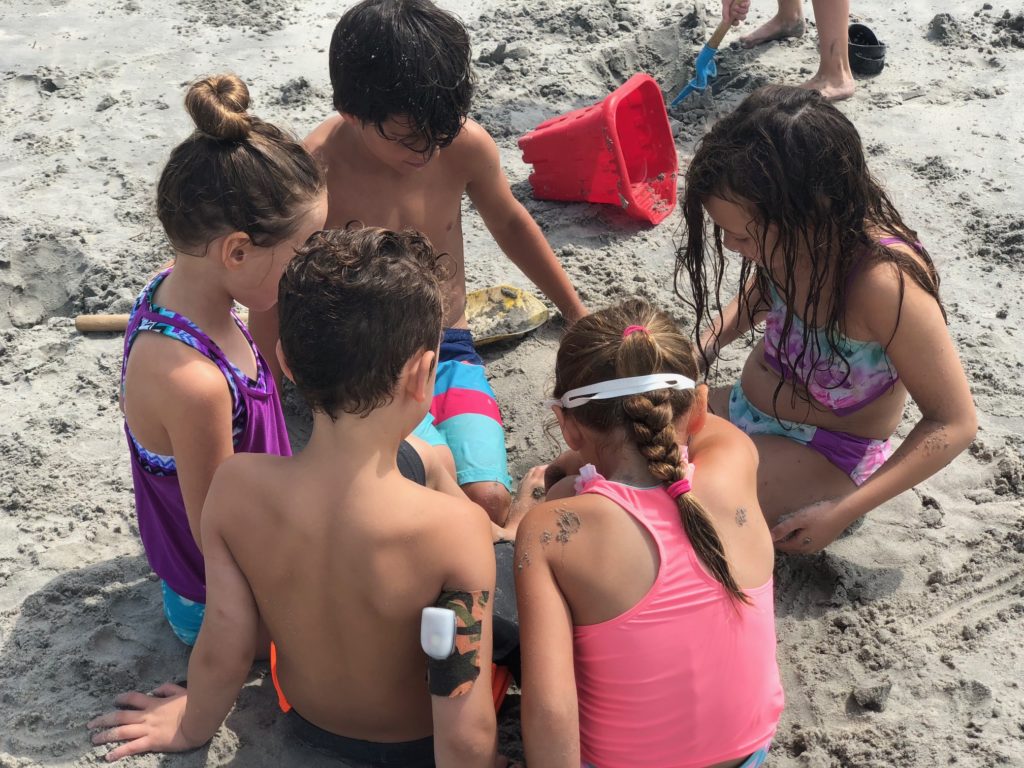
We quickly moved from injections to an insulin pump, one that had a built-in continuous glucose monitor (CGM). The device was hailed as a window into the future – a future that promised a “closed-loop” system, in which the CGM was able to use algorithms to tell the pump the optimal amount of insulin to dispense to keep our son in a safe range. For now, this “first gen” system required human input related to insulin decisions. But, regardless, suddenly we had blood glucose readings every 5 minutes. What I had referred to as our blood sugar “Russian roulette” was obsolete; a cruel game we no longer had to play. For the first time, we had real, actionable data. For the first time, we could breathe (and sleep – keep in mind, diabetes doesn’t take a break because it’s 2am. And nighttime lows are a normal phenomenon. We never slept more than 2 hours at a time before getting up to test again). My baby was safer.
The pump revolutionized the way our lives operated. When he was diagnosed, his body was so small and it was so early on in his disease that he required miniscule amounts of insulin. He would receive 1 unit for every 300 grams of carbohydrate. If he ate carbs the meal had to have a minimum of 75 grams…to put that in perspective, a slice of bread has about 12. So, after carb stuffing the kid, my husband and I would cram ourselves in our pantry where the light was brightest, so we could attempt to draw a quarter of a unit of insulin, just a few drops. The reality is that the task was impossible. And our human limitations led to more dangerous lows.
But the pump changed everything. It allowed us to effortlessly deliver as little as .025 of a unit. No carb stuffing. No stress. No more pantry. We suddenly had the freedom to give our child the amount of food he wanted and the right amount of insulin, with less time and effort. Quickly his numbers began to land in range more often, and we again had a piece of our lives back. Not to mention that drawing and delivering insulin at birthday parties, restaurants, and other public places was no longer an epic battle. We carb-counted, put the number in, and pressed “go,” bringing us even closer to the typical life that so many people take for granted.
The Promise of a Better Future
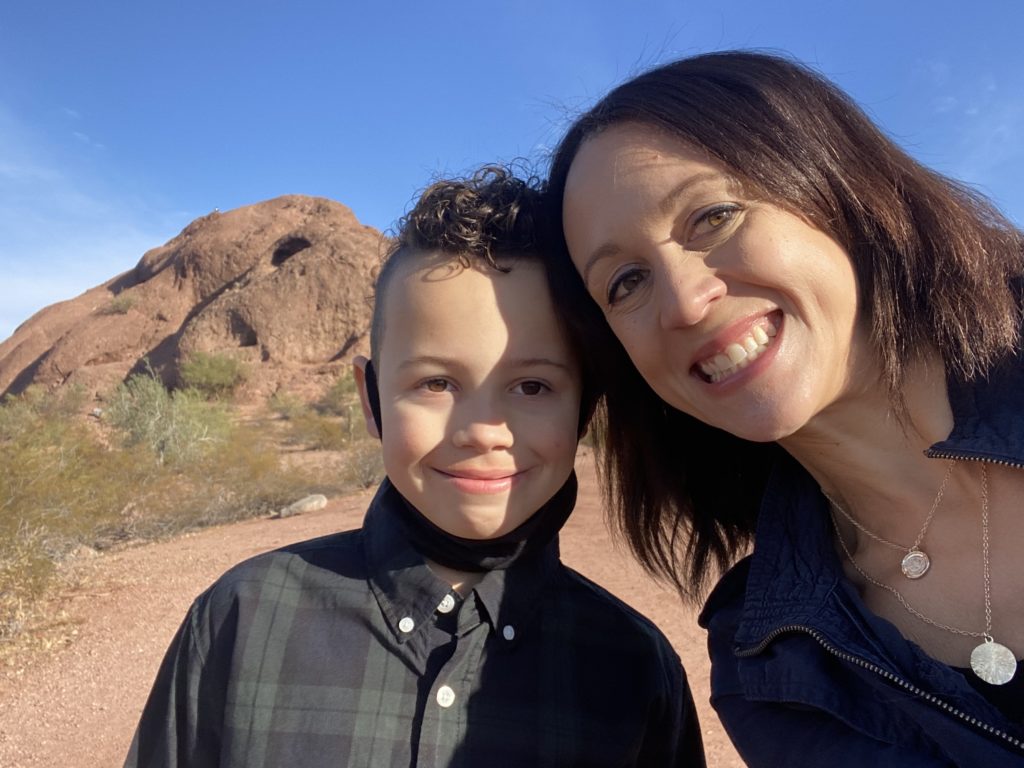
Today, my son is using the once-promised closed-loop system, and it has again peeled away a layer of burden, all while providing us with better outcomes. We still have to pay attention; we still check the CGM hundreds of times each day and night. But, now, the data does not require constant intervention. Now, the algorithm does its part to minimize highs and lows, slowly gifting our entire family with what we’ve dreamed of for the past 7 years – a more normal life. And, in the first 3 months of using the system, his A1c dropped from a hard-earned, stressful, sleepless 7.3 to a well-rested, simpler, and happier 6.3.
The incredible thing about the medical technology that has revolutionized my son’s health and our quality of life is that it improves both of those things in tandem. I work less for a better outcome. And each year, there is something new, something more incredible, something that we, and especially my father-in-law, never imagined possible.
Every day, medical technology saves my child’s life. Every day, it lifts the weight of that time so many years ago when I thought I would break under the pain of my son’s diagnosis. So, to the MedTech innovators of the world, you have my unending gratitude. Without your work, my life, and the lives of millions of people, would be profoundly different. For me, the story is about type 1 diabetes, but, for others, it is Alzheimer’s or persistent infection. It is heart disease or depression. For all of us who have a medical “something” or love someone who does, you are a hero. And I hope you never lose sight of that.
Kelly Springs-Kelley is the Director of Marketing at Jaunt. Each day, she is thrilled to play a part in helping MedTech innovators, executives, and entrepreneurs bring miracles to market.


